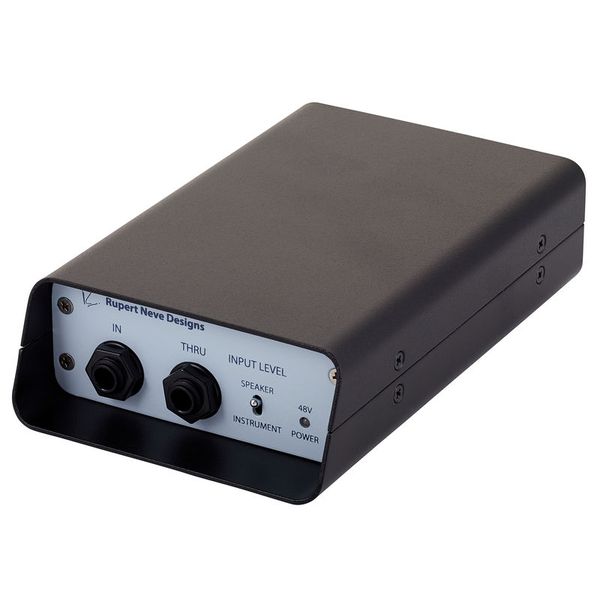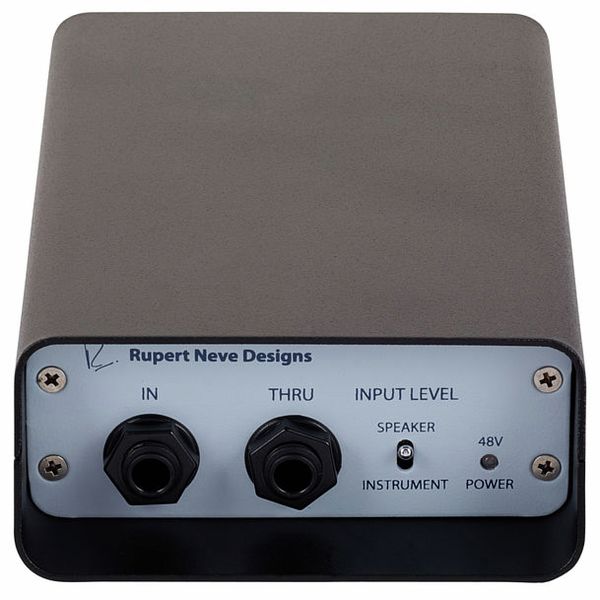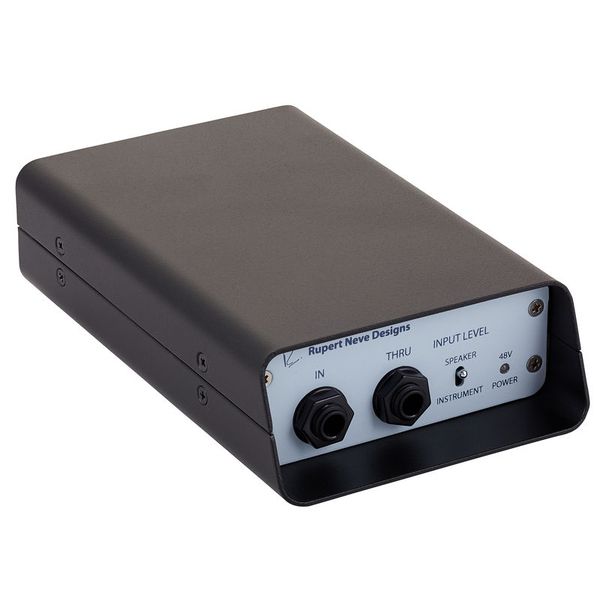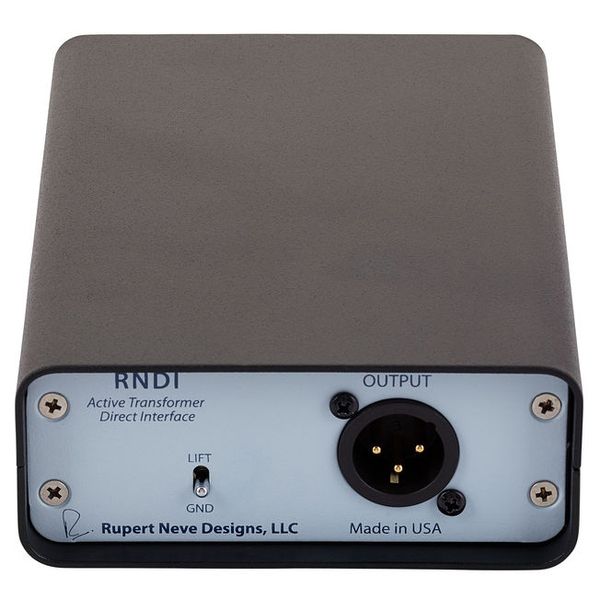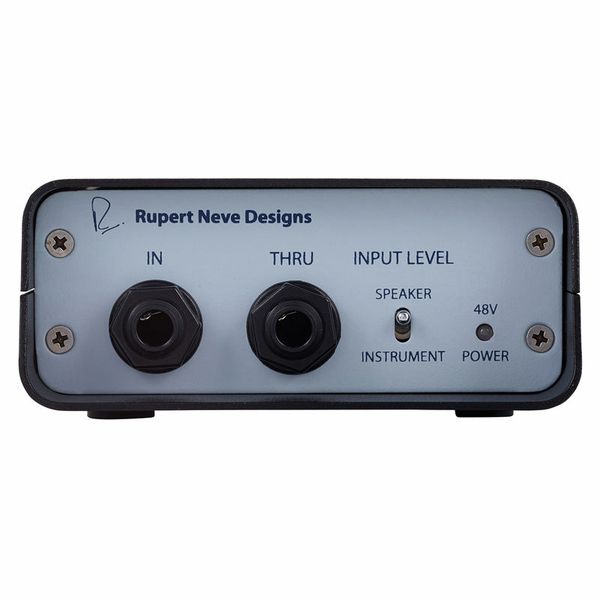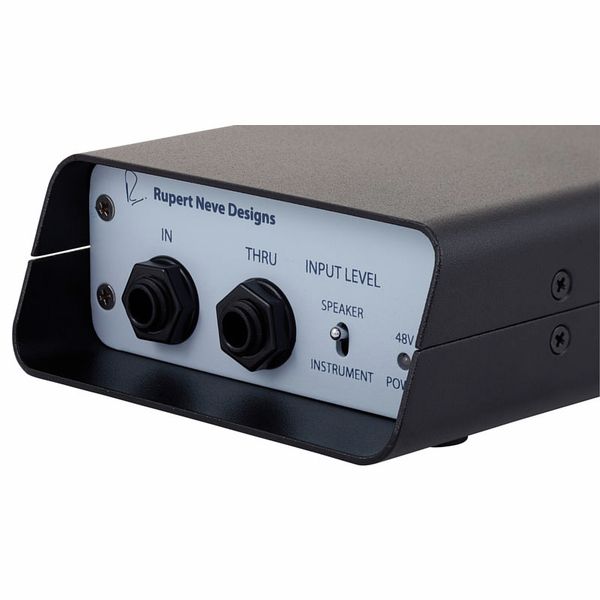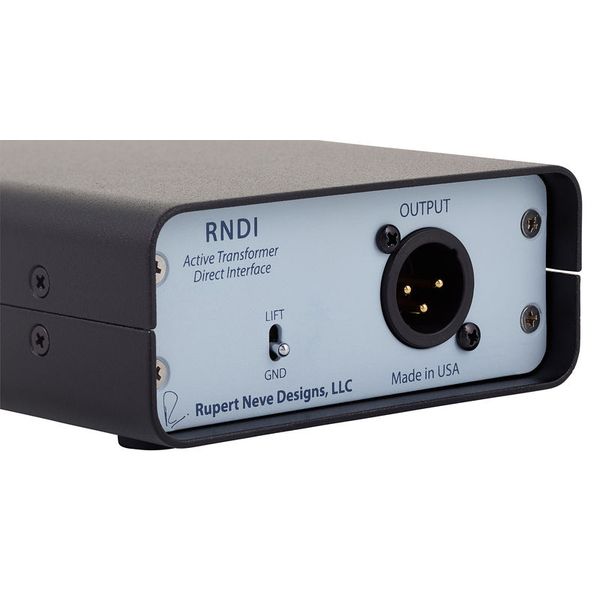I've been looking for a new DI for tracking bass and guitar. After some hefty research, I narrowed my options down to the following:
- BSS AR133 (EUR 105,-)
- Radial J48 EUR (235,-)
- Neve RNDI (EUR 299,-)
I plugged my Ibanez SR650 into each of these DI's, into my Focusrite 44. I tracked some parts in both active and passive setting. My findings:
BSS AR133: It doesn't look very slick. With its huge rubber sides, it does look indestructible. The sound is clear and transparent, with very low noise.
Radial J48: It looks good, and also definitely feels sturdy enough. The sound is noticeably warmer than the BSS, more analogue sounding. It sounds great, but definitely colored.
Neve RNDI: Looks wise, this is clearly the winner of the three. Like the BSS, it sounds very clear, even, and moderate in the lows.
The BSS and the Neve sound the most natural and clear, which is what I am looking for in a DI. I want the cleanest sound possible to feed to a pre-amp. However, the sound difference between these two is very small to my ears. So small, that it doesn't warrant the price difference.
Hence, my choice is the BSS AR133. It sounds great, is super sturdy, and very affordable. Recommended!


